This post may contain affiliate links. Please see my disclosure policy for details.
What is Wabi-Sabi Plant Design?
Wabi-sabi is a Japanese philosophy that finds profound beauty in imperfection, transience, and natural aging. In plant design, this means creating spaces that breathe with organic life, celebrate subtle changes, and invite tranquility.
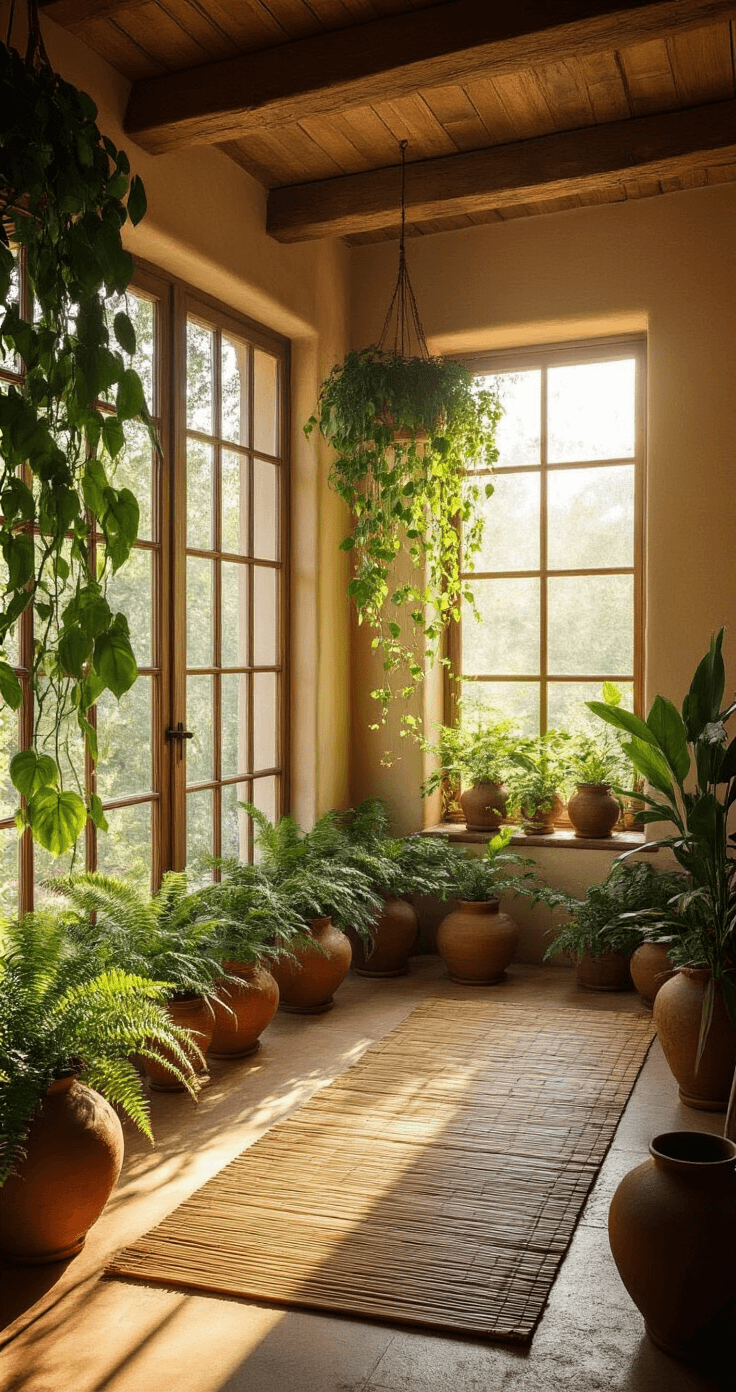
Key Characteristics of Wabi-Sabi Green Spaces
Contents
- Imperfection is Perfect: Plants aren’t manicured showpieces, but living stories
- Natural Aging is Beautiful: Yellowing leaves, moss growth, and weathered textures are welcome
- Minimalism Matters: Less clutter, more meaningful green spaces
|
Our Rating:
3.5
|
Our Rating:
3.5
|
Our Rating:
3.5
|
Our Rating:
3.5
|
Our Rating:
3.5
|
Our Rating:
3.5
|
Our Rating:
3.5
|
Our Rating:
3.5
|
Our Rating:
3.5
|
|
$32.99
|
|
|
|
|
|
$139.74
|
|
$36.99
|
Selecting the Right Plants for Wabi-Sabi Design
Indoor Plant Recommendations
- Pothos – Trailing, adaptable, forgiving
- Ferns – Soft, delicate, symbolizing gentleness
- Bamboo – Resilient, symbolizing flexibility
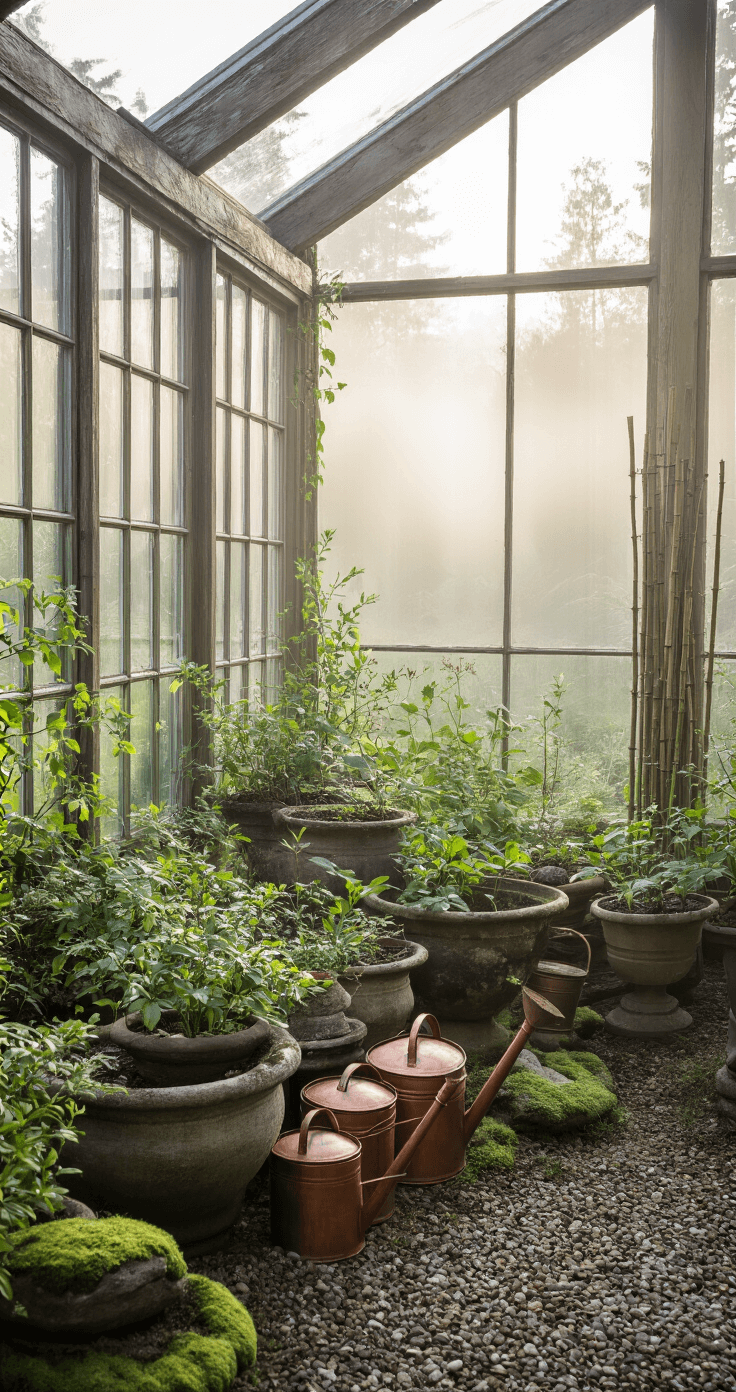
Outdoor Plant Selections
- Mosses
- Sedum
- Native perennials
- Self-seeding plants
Design Principles for Serene Green Spaces
Asymmetry and Negative Space
Forget perfect symmetry. Wabi-sabi celebrates:
- Irregular plant groupings
- Open spaces between plants
- Natural, unforced arrangements
Color and Texture Strategy
Recommended Color Palette:
- Soft greens
- Earthy browns
- Muted grays
Texture Combinations:
- Smooth leaves
- Rough bark
- Soft moss
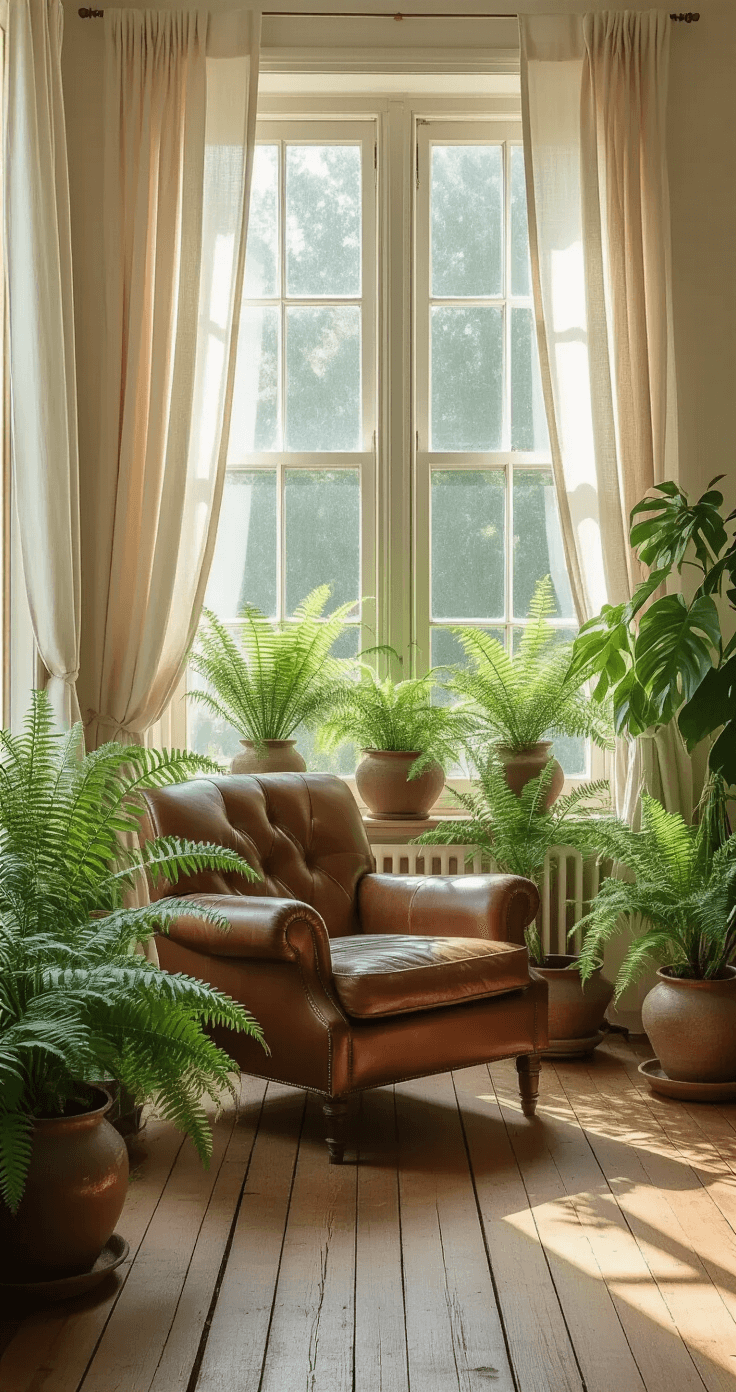
Styling Tips for Authentic Wabi-Sabi Spaces
Container Choices
Maintenance Philosophy
- Minimal Intervention: Let plants grow naturally
- Meditative Care: Tend plants with mindfulness
- Accept Change: Celebrate each stage of plant life
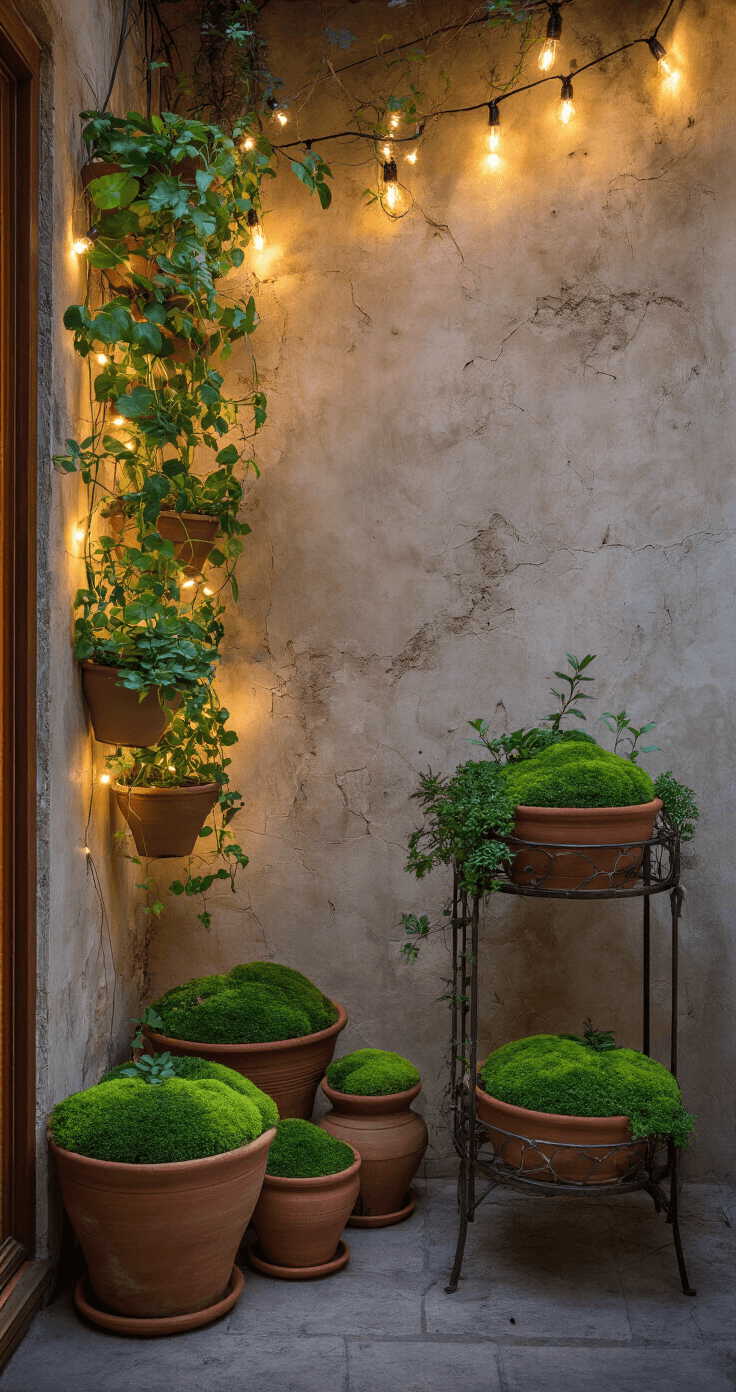
Creating Your Wabi-Sabi Sanctuary
- Choose plants that show character
- Use natural, aged materials
- Allow organic growth and transformation
- Create space for contemplation
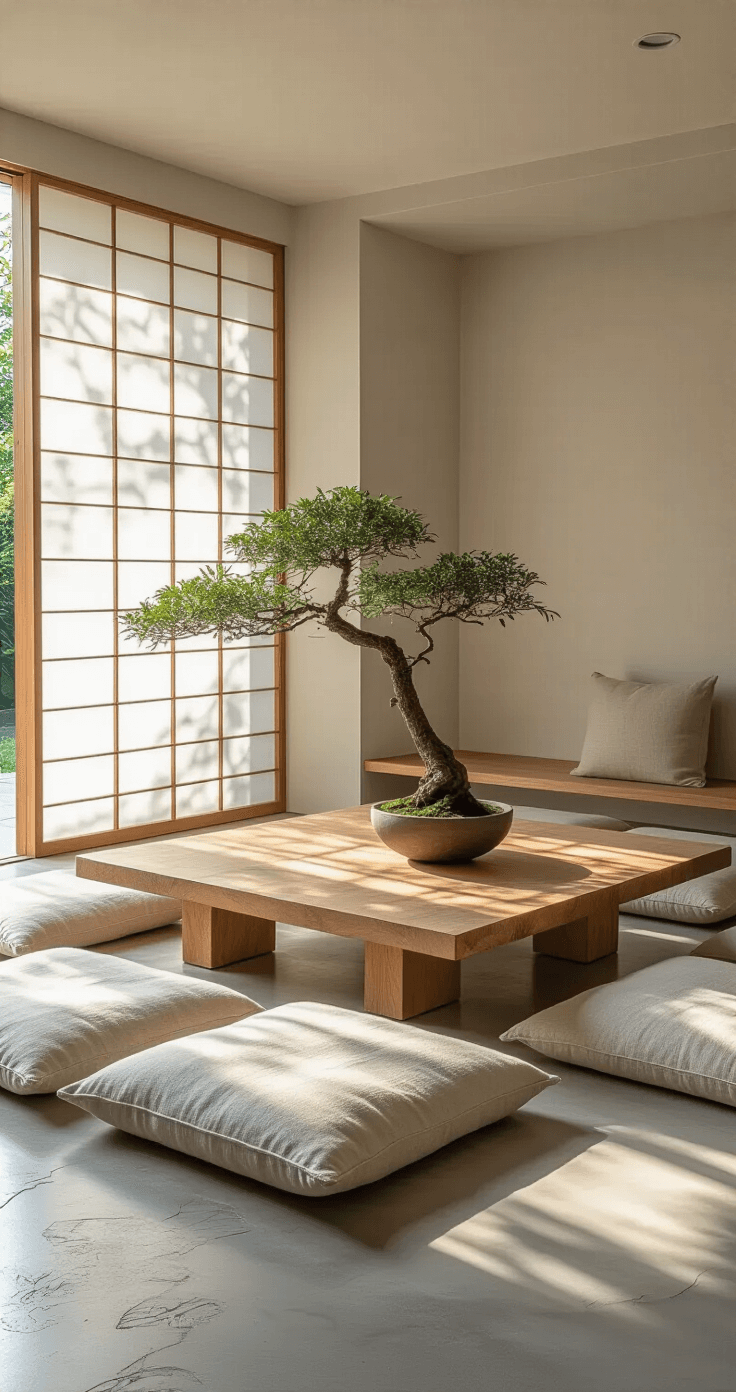
Pro Tips for Wabi-Sabi Success
- Let flower seed heads remain through winter
- Avoid over-pruning
- Embrace slight imperfections
- Focus on creating calm, not controlling nature
Final Thoughts
Wabi-sabi is more than a design style – it’s a perspective. It teaches us to find beauty in simplicity, appreciate natural cycles, and create spaces that breathe with life and tranquility.
Your green sanctuary isn’t about perfection. It’s about connection, peace, and the quiet beauty of natural growth.
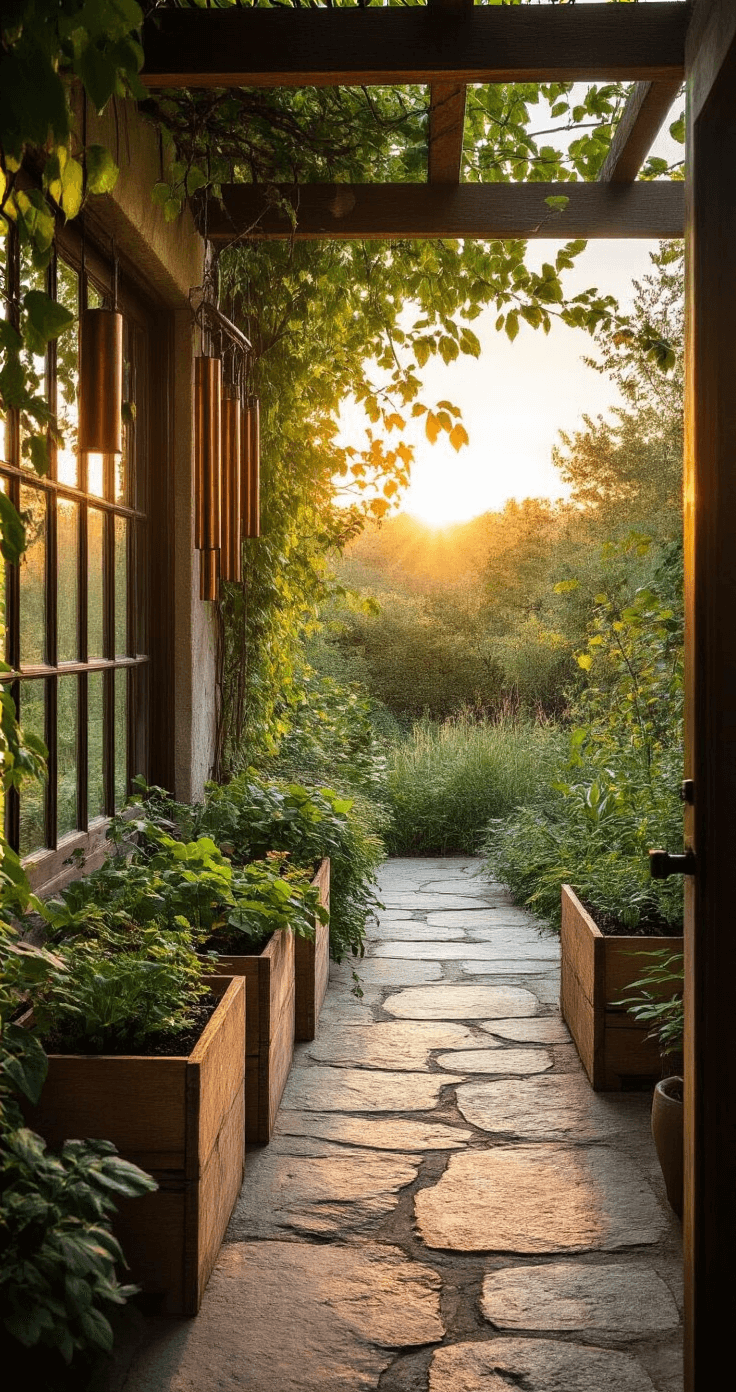

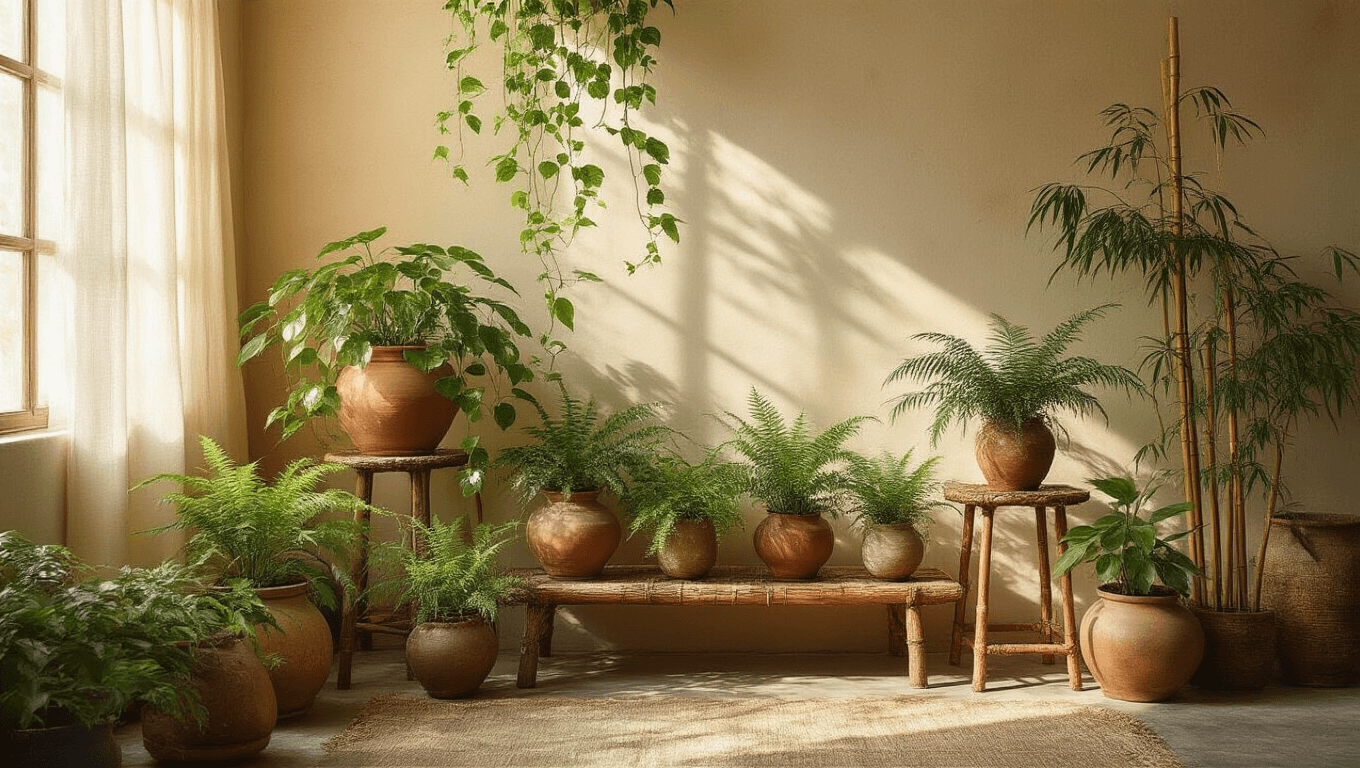















[…] Embrace negative space […]